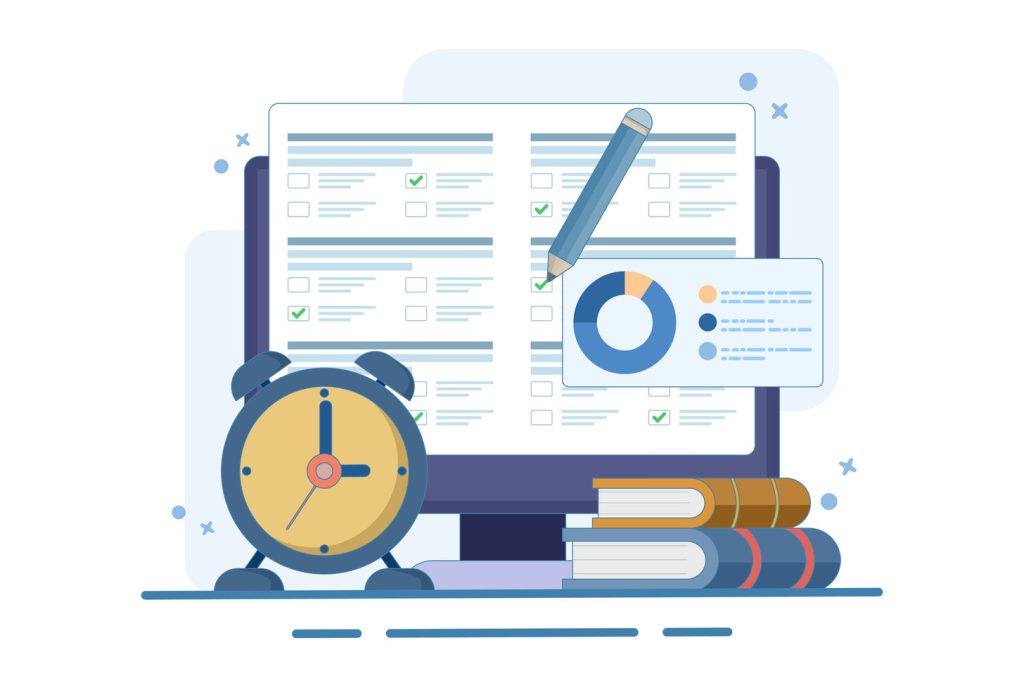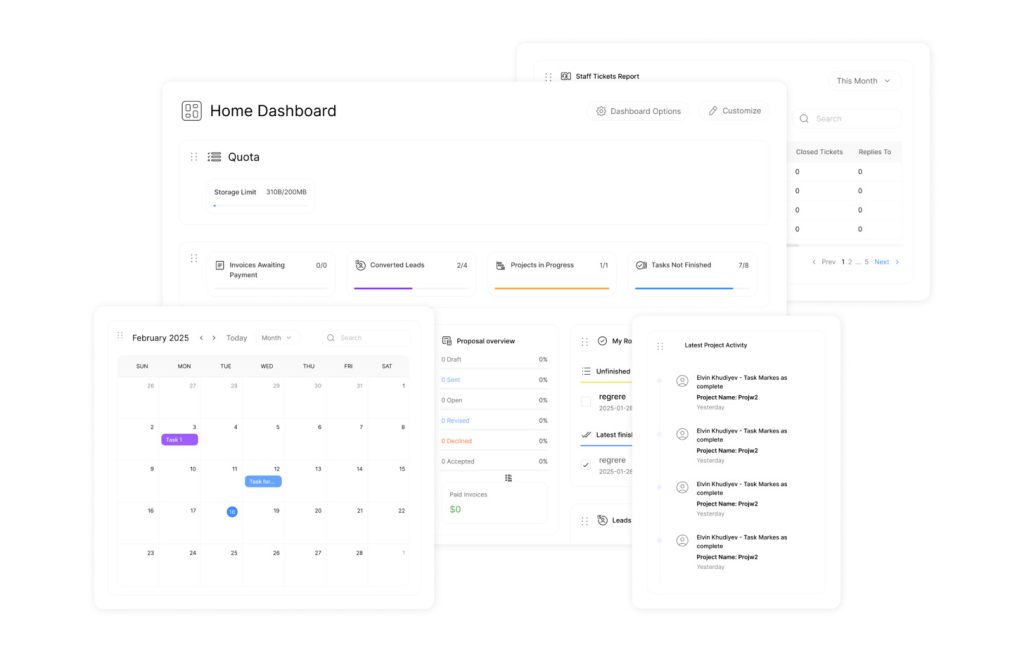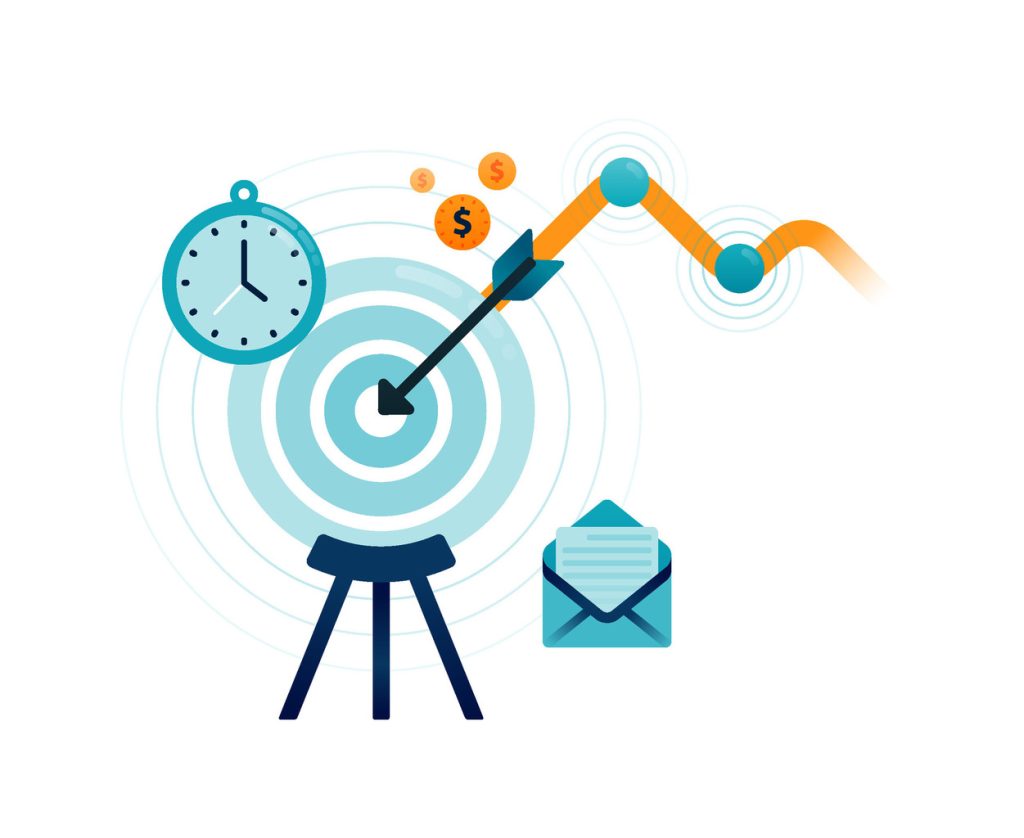Streamline Timesheet Reports and Boost Productivity

Manual processes for tracking work hours drain productivity and create costly bottlenecks. Timesheet Reports help streamline this workflow, offering a clearer, more efficient way to manage time data. Businesses lose thousands of dollars each year to administrative chaos—missed deadlines, payroll delays, and compliance risks. Modern teams need systems that turn scattered data into actionable insights.
My Hours solves this problem. Since 2002, the platform has helped over 100,000 businesses automate time management with a 4.8-star rated solution. It transforms messy spreadsheets into organized workflows, accelerating payroll and billing by up to 70%. One client stated: “Our timesheet reporting problems vanished overnight.”
Professional time tracking eliminates guesswork. Automated systems reduce errors in client billing and project budgets while ensuring labor law compliance. Leaders gain real-time visibility into team performance, allowing smarter resource allocation across departments.
Integration-ready tools connect with existing software like QuickBooks or Slack, creating seamless workflows. This eliminates duplicate data entry and silos—critical for scaling companies. As one user notes: “Nobody loves tracking hours, but My Hours makes it painless.”
Key Takeaways
- Automated systems replace error-prone manual processes, saving time and money
- Accurate reporting ensures compliance and faster payroll processing
- Real-time insights help managers optimize team performance
- Software integrations create unified workflows across tools
- Proven solutions boost profitability for 100,000+ organizations
Understanding the Importance of Timesheet Reporting
Precise documentation of work hours shapes operational success. When teams track time systematically, businesses gain clarity on resource allocation, project costs, and workforce productivity. Over 40% of companies using structured time tracking report fewer payroll disputes than those using manual methods.
How Accurate Tracking Impacts Business Efficiency
Errors in recording work hours cost U.S. businesses an estimated $7.4 billion annually in payroll corrections. Automated systems eliminate guesswork by capturing data in real time. One operations manager notes: “Since switching to digital tracking, our billing accuracy improved by 62%.”
Three critical outcomes emerge from reliable documentation:
- Payroll teams process compensation faster with error-free records
- Project managers identify bottlenecks using time-investment analytics
- Leadership aligns staffing needs with actual workload patterns
Discrepancies in work hour records strain employer-employee trust. A 2023 survey reveals 29% of workers question payment fairness when manual methods are used. Digital tracking creates transparent audit trails, reducing conflicts and ensuring compliance with labor standards.
“Clear visibility into team activities helped us renegotiate client contracts based on actual effort.”
Organizations using professional tools achieve 31% faster project completion rates through data-driven adjustments. This precision transforms time documentation from administrative chore to strategic asset.
Key Benefits of Streamlined Timesheet Reports

Organizations that prioritize efficient documentation see measurable gains in financial and workforce performance. Automated systems transform fragmented data into actionable insights, driving smarter decisions across departments. This approach reduces operational friction while aligning teams with strategic goals.
Simplify Payroll Processes
Manual wage calculations create costly delays. Modern tools auto-generate compensation details using verified hour logs, cutting processing time by 80%. One construction firm reduced payroll errors by 91% after adopting automated tracking.
| Task | Manual Process | Automated System |
|---|---|---|
| Wage Calculations | 2.5 hours | 8 minutes |
| Compliance Checks | High risk | Audit-ready |
| Overtime Tracking | 34% error rate | 99% accuracy |
Boost Employee Productivity
Simplified logging keeps teams focused. Mobile-friendly interfaces let staff record activities in seconds—no complex workflows. “Our designers regained 12 hours monthly previously lost to admin tasks,” notes a marketing agency lead.
Three measurable outcomes emerge:
- 83% faster project updates via real-time dashboards
- 42% reduction in time-related employee inquiries
- 31% improvement in deadline adherence
Transparent systems build trust. Workers see how their efforts contribute to larger objectives, fostering ownership. Managers gain visibility without micromanaging—a win for morale and output.
Timesheet Reports: Simplify Payroll, Enhance Productivity
Modern businesses need tools that combine precision with ease of use. My Hours delivers this through features designed for simplicity and speed. Effective solutions eliminate friction between data collection and decision-making while adapting to diverse workflows. My Hours delivers this balance through features designed for clarity and control.
Precision and Ease of Use
Automated systems minimize errors by capturing exact work durations. One logistics company reduced payroll discrepancies by 89% after switching to digital tracking. Real-time dashboards show project progress, while customizable filters let managers analyze data by team, client, or task type.
Three features drive adoption:
- One-click timers and mobile access simplify logging
- Approval workflows flag inconsistencies before payroll processing
- Export-ready formats integrate with accounting platforms
Managers gain insights without complexity. “We review team hours in three clicks—no spreadsheets or guesswork,” shares a retail operations director. The software’s design prioritizes intuitive navigation, requiring under 10 minutes of training for new users.
“Accurate billing used to take days. Now it’s done before lunch.”
Flexible reporting adapts to unique needs. Users generate summaries by week, project phase, or custom tags. This adaptability makes the tool valuable for startups and enterprises alike.
Essential Features of Advanced Time Tracking Software

High-performing teams rely on specialized tools that go beyond basic hour logging. Modern platforms combine precision with adaptability, addressing unique operational challenges while scaling with business growth.
Real-Time Monitoring and GPS Tracking
Field service companies benefit from GPS-enabled apps that verify worker locations. Workyard’s tracking software captures clock-in/out coordinates, preventing disputes over attendance. One construction manager states: “We eliminated ‘buddy punching’ overnight—the GPS proof is irrefutable.”
| Feature | Basic Tools | Advanced Software |
|---|---|---|
| Location Verification | Manual address entry | Auto GPS coordinates |
| Fraud Prevention | Limited oversight | Geofenced job sites |
| Compliance | Self-reported data | Audit-ready records |
Automatic Time Entry and Detailed Reporting
Intelligent apps remove manual data entry. Mobile timers sync across devices, while AI detects anomalies like missed breaks. Time tracking software from providers like Workyard auto-generates insights by project, task, or team member.
Key advantages include:
- Overtime alerts that prevent wage violations
- Export-ready formats for payroll systems
- Customizable dashboards showing productivity trends
“Our accounting team saves 15 hours weekly since reports integrate directly with QuickBooks.”
These features create seamless workflows from time capture to payroll processing—critical for businesses managing distributed teams.
Integrating Time Reporting with Your Existing Business Tools
Modern enterprises achieve peak efficiency when time documentation flows seamlessly through their tech stack. My Hours bridges gaps between platforms, eliminating redundant data entry while maintaining ISO 27001-certified security on Microsoft Azure infrastructure.
Seamless Software Integrations
The platform connects with 40+ business applications, including QuickBooks and ADP. Real-time synchronization ensures payroll teams access verified hour logs without manual exports. One IT director notes: “Our project management tools now auto-populate timesheets—no more version conflicts.”
| Integration Feature | Basic Tools | Advanced Platforms |
|---|---|---|
| Accounting Sync | Manual CSV uploads | Live QuickBooks updates |
| Project Tracking | Separate systems | Jira/Asana auto-logs |
| Custom API Access | Limited endpoints | Full developer controls |
Enterprise plans include dedicated support for complex workflows. API connectivity lets businesses merge legacy systems with modern tracking—critical for manufacturing and healthcare sectors.
Customizable Timesheet Templates
Pre-built templates adapt to unique needs. Law firms track billable hours by case, while agencies monitor creative tasks. Export options (XLS/PDF) maintain brand consistency when sharing with clients.
Three industries benefit most:
- Consulting: Client-specific rate calculations
- Construction: Equipment cost allocations
- Healthcare: Shift rotation compliance
“Our finance team stopped wasting hours reformatting spreadsheets. The templates match our audit requirements perfectly.”
Role-based access controls ensure data integrity. Managers approve submissions before payroll processing, reducing late-stage corrections by 78%.
Improving Accuracy and Managing Compliance in Time Reporting

Miscalculations in work hour documentation expose businesses to financial penalties and eroded trust. Industries like healthcare and government contracting face strict legal mandates under laws like the FLSA. Automated systems address these risks by converting raw data into audit-proof records while maintaining workforce transparency.
Reducing Errors with Automated Processes
Manual data entry causes 37% of payroll mistakes, according to Ernst & Young research. Modern tools eliminate these errors through:
- Real-time clock-in/out verification across devices
- AI-powered anomaly detection for missing entries
- Auto-locked records preventing post-submission edits
A logistics company cut billing disputes by 78% after implementing these safeguards. Systems flag inconsistencies before payroll runs, saving HR teams 11 hours monthly on corrections.
Staying Compliant with Labor Regulations
Labor lawsuits cost U.S. employers $3 billion annually. Robust platforms automate compliance through:
- State-specific break duration enforcement
- Overtime thresholds triggering manager alerts
- Encrypted audit trails meeting ISO 27001 standards
“Our last federal audit took 20 minutes instead of two days. The system organized seven years of records instantly.”
Automatic updates adapt to changing laws—critical for multi-state operations. This protection helps businesses avoid penalties while fostering fair employee compensation practices.
Leveraging Analytics for Informed Project Management
Analytics transform raw numbers into strategic assets. By examining patterns in work hour documentation, businesses uncover hidden opportunities to refine operations and allocate resources effectively. Companies using advanced analytics achieve 23% higher project success rates compared to those relying on basic tracking methods.
Data-Driven Insights for Better Decisions
Modern tools analyze time data across multiple dimensions—tasks, teams, and client requirements. One engineering firm discovered 18% of project hours were spent on low-value activities through granular analytics. “We reallocated 200 monthly hours to critical tasks after reviewing the data,” shares a project director.
| Metric | Traditional Approach | Analytics-Driven Method |
|---|---|---|
| Decision Speed | 3-5 days | Real-time alerts |
| Budget Accuracy | ±15% variance | ±4% variance |
| Team Productivity | Self-reported | Measured by output |
Key capabilities empower managers:
- Forecast project timelines using historical time data trends
- Identify skill gaps through individual performance analytics
- Adjust workloads before burnout occurs
“Our profitability jumped 14% when we started aligning budgets with actual time spent per task.”
Real-time dashboards highlight urgent issues, like tasks exceeding estimated hours. This proactive approach prevents 83% of potential delays, according to recent case studies. Teams stay focused on priorities while maintaining transparency.
Enhancing Team Collaboration and Accountability

Collaborative success hinges on clear visibility into individual contributions. When teams understand how their efforts align with organizational goals, productivity becomes a shared mission rather than isolated tasks. Modern tools bridge the gap between personal responsibility and group outcomes.
Empowering Team Members with Transparent Systems
Visibility drives ownership. Platforms showing real-time progress updates let staff see their impact on projects. One software team increased deadline adherence by 31% after adopting shared dashboards. Managers quickly spot inconsistencies while maintaining trust through objective data.
| Feature | Traditional Approach | Modern Solution |
|---|---|---|
| Progress Tracking | Weekly email updates | Live dashboard metrics |
| Error Resolution | Post-completion reviews | Instant comment flags |
| Work Standards | Varies by individual | Uniform logging rules |
Three benefits emerge:
- Staff self-correct using visible performance benchmarks
- Cross-department coordination improves through shared interfaces
- Leadership identifies top performers using filtered analytics
Real-Time Feedback and Adjustments
Immediate communication prevents small issues from escalating. Integrated comment features let managers address discrepancies during task execution. “We resolve 80% of workflow problems before lunch now,” shares a retail operations lead.
“Seeing everyone’s progress in one place eliminated three hours of daily status meetings.”
Automated alerts notify teams when projects veer off track. This proactive approach reduces last-minute scrambles by 45%, according to recent case studies. Collaboration becomes strategic rather than reactive.
Real-World Success: Customer Stories and Testimonials
Business leaders demand proof before adopting new tools. My Hours delivers measurable results, trusted by 250,000+ professionals since 2002. Its 4.8-star ratings across review platforms reflect consistent satisfaction across industries from engineering to creative services.
Proven Results from Software Adoption
Software development teams report transformative outcomes. “Our workflow bottlenecks disappeared after implementing this solution,” explains Craig P., a tech team lead. The platform’s intuitive design reduces resistance to change—a critical factor in enterprise adoption.
Engineering professionals highlight cost-efficiency and precision. Leah M. notes: “This app outperforms competitors in both pricing and usability.” Clients achieve 92% faster payroll processing while maintaining compliance, with many reporting ROI within 30 days.
Even skeptics become advocates. João F. admits: “Nobody loves tracking hours, but this service makes it bearable.” Mobile access and one-click reporting convert reluctant users, while automated features save teams 14+ hours monthly.
Ready to join 8,000+ growing companies? Explore how this time tracker adapts to your needs through a free demo. Transform operational friction into strategic advantage—without overhauling existing systems.

